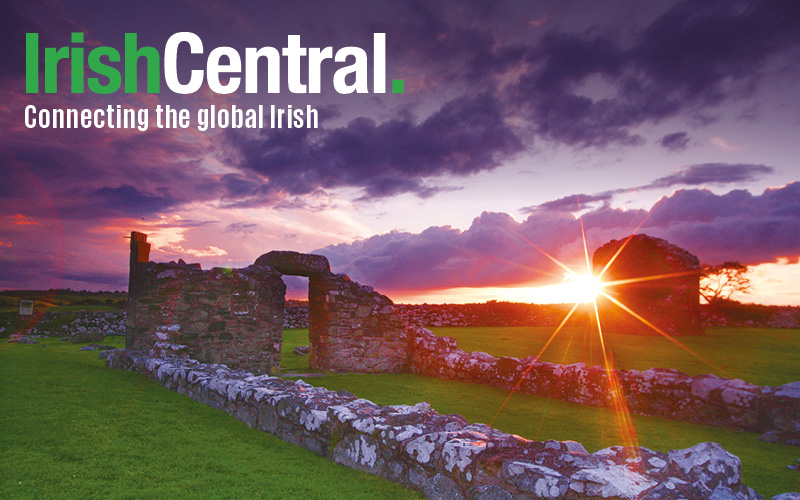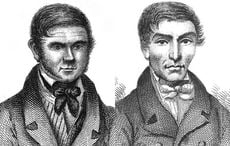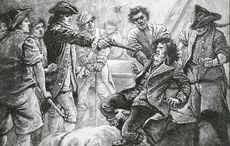Findmypast is working in partnership with IrishCentral to share fascinating insights into your Irish ancestors. Click here to get a special half price subscription, and discover your Irish roots today!
Sometimes, people disappear. You’ve traced them effectively for a few decades, then apparently without explanation, they vanish from the records. When this occurs, it’s always worth checking the passenger lists, in case your relative upped sticks in favour of new shores.
Passenger lists are useful to family historians in several respects. They often prove the missing link when a relative appears to have disappeared from other records in their homeland. Furthermore, they can provide valuable information including the full name of the traveller, their age at the time of departure, and their occupation. Passenger lists can also tell you the address your relative was heading to upon arrival, where they came from, and who they were travelling with.
Incidentally, they tend to be very beautiful documents, making their examination an aesthetic pleasure as well as an informative pursuit.
Passenger lists are of course especially pertinent when tracing your Irish family history. In October 1845 about three-quarters of Ireland’s potato crop was ruined by a serious blight. Over four million people depended on the crop as their main food source, making this a disaster on an unprecedented scale.
Millions fled the country, with the United Sates proving to be the most popular destination. By the end of 1854 nearly two million people, about a quarter of the country’s population, had immigrated to the United States in ten years.
The 1850 US census showed that 961,719 Irish born people were then living in America, mainly centred around New York, Pennsylvania, Massachusetts, Illinois, Ohio and New Jersey. The Irish Emigrant Society tried to persuade immigrants to move to the interior but the majority of immigrants were so poor they were forced to settle close to their port of arrival.
Irish immigrants helped build American rail roads and cities. They cooked meals and cleaned in American houses and even fought in American wars. During the Civil War general an estimated 170,000 Irish born men fought for the Union army, while around 40,000 fought for the Confederacy.
Eventually the large number of immigrants in major cities such as New York, Chicago and Boston meant that Irish voters were able to vote Irish politicians into power and conditions began to improve. Many Irish Settlers became incredibly successful and very powerful.
During the period 1820 and 1920 over 4,400,000 people emigrated from Ireland to the United States. In 1840 Ireland had been the most densely populated country in Europe. By the 20th century it was one of the least.
Findmypast’s extensive US passenger lists cover the following ports of arrival:
- Boston Passenger Lists 1846-1851 – Details of an estimated 90,264 people
- New Orleans Passenger Lists 1846-1851– Details of an estimated 71,506 people
- Baltimore Passenger Lists 1846-1851 – Details of an estimated 187 people
- Philadelphia Passenger Lists 1846-1851 – Details of an estimated 47,542
- New York Passenger Lists 1846-1890 – Details of an estimated 2 million people
Start exploring now to see when your relatives arrived in port!
For more stories on tracing your Irish heritage from Findmypast click here.




Comments